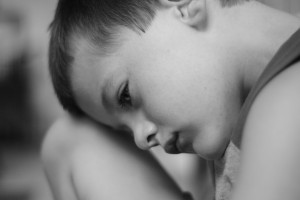In a groundbreaking study published in 2012, researchers found a link between cerebral palsy and autism.
Cerebral palsy refers to a collection of conditions which affect the mobility and cognitive function of a child. Usually diagnosed about a year after birth, this condition may not have a definite cure necessitating lifelong care and rehabilitation.

Autism & Cerebral Palsy
Autism spectrum disorders on the other hand refer to a collection of conditions which are characterized by diminished socialization, the inability to form coherent sentences, learning difficulties, extremes in behavior as well as mood and repetitive actions and movements.
Despite the fact that cases of cerebral palsy have held steady in the country since 1996, autism seems to have gained momentum. While there are various theories regarding what really causes autism, the medical community agrees that a combination of environmental and genetic factors may lead to the development of this childhood disorder.
Children who get diagnosed with cerebral palsy may have suffered injury or an infection before and during childbirth. When these two things occur within the brain, the body sends certain compounds to the injury or infection site to help defeat the bacteria or viruses causing the condition. However, this usually leads to inflammation which may in turn with interfere with normal brain function. It also follows that impaired brain function as a result of cerebral palsy may give rise to a form of autism.
Cerebral palsy may be attributed to negligence on a healthcare provider’s part: for example, a doctor leaving the baby in the birth canal may cause a condition called hypoxia. This is when the brain fails to receive enough oxygen which effectively kills off parts of the newborn baby’s brain. At the same time, lack of proper prenatal care may also lead to cerebral palsy.
